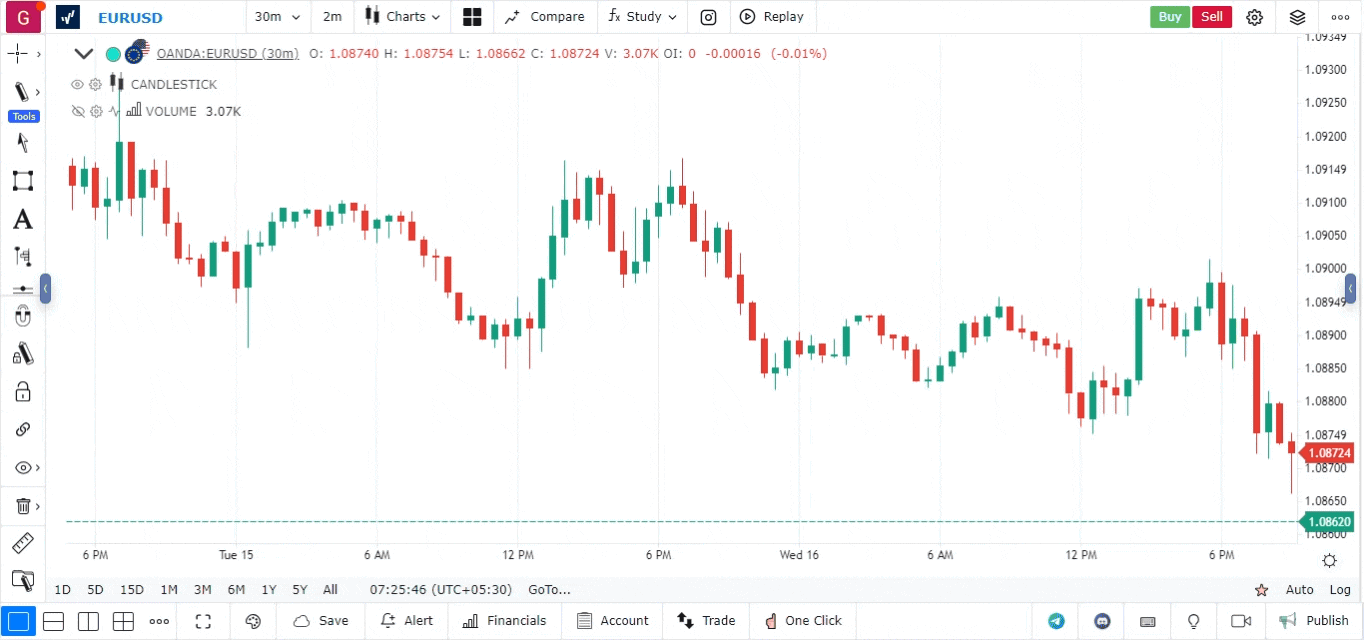ATR (Average True Range) Trailing Stop
The ATR (Average True Range) Trailing Stop indicator is a popular tool in trading for managing risk and determining exit points. It uses the ATR value to set a dynamic stop-loss level that moves with the price, allowing traders to lock in profits while giving the trade room to fluctuate. Here’s how it works and how you can utilize it:
ATR Trailing Stop
-
What is the ATR Trailing Stop?
- The ATR Trailing Stop is a volatility-based indicator that adjusts the stop-loss level according to the market’s volatility.
- It uses the ATR value to calculate the stop distance from the highest high (for long positions) or the lowest low (for short positions).
-
How the ATR Trailing Stop Works:
- For a long position: The stop level is set a certain multiple of the ATR value below the highest price reached since the trade was entered.
- For a short position: The stop level is set a certain multiple of the ATR value above the lowest price reached since the trade was entered.
- As the price moves in your favor, the stop level trails behind, locking in profits while still allowing for some fluctuations.
Using the ATR Trailing Stop Indicator
-
Adding the ATR Trailing Stop to Your Chart:
- Open the platform and load the chart of the instrument you are trading.
- Navigate to the Indicators menu, and search for “ATR Trailing Stop.”
- Click on it to apply the indicator to your chart.

-
Configuring the ATR Trailing Stop Settings:
- You can customize the ATR period to determine how the ATR value is calculated (usually a 14-period is the default).
- Adjust the multiplier to define how far the trailing stop will be placed from the price. Common multipliers are 1.5, 2, or 3 times the ATR.
- The larger the multiplier, the wider the stop distance, which allows for more significant price movements before triggering the stop.
-
Interpreting the ATR Trailing Stop:
- Trend Following: The ATR Trailing Stop is effective in trend-following strategies. When the trend reverses enough to hit the trailing stop, it signals that it might be time to exit the position.
- Dynamic Stop-Loss: As volatility changes, the stop distance adapts, making it more robust against sudden market moves and reducing the risk of premature exits.
-
Using ATR Trailing Stop for Trade Management:
- The indicator can be used to set exit points for your trades automatically, ensuring that you have a disciplined risk management strategy.
- It is beneficial for both swing traders and day traders looking to lock in profits without manually adjusting the stop-loss levels.